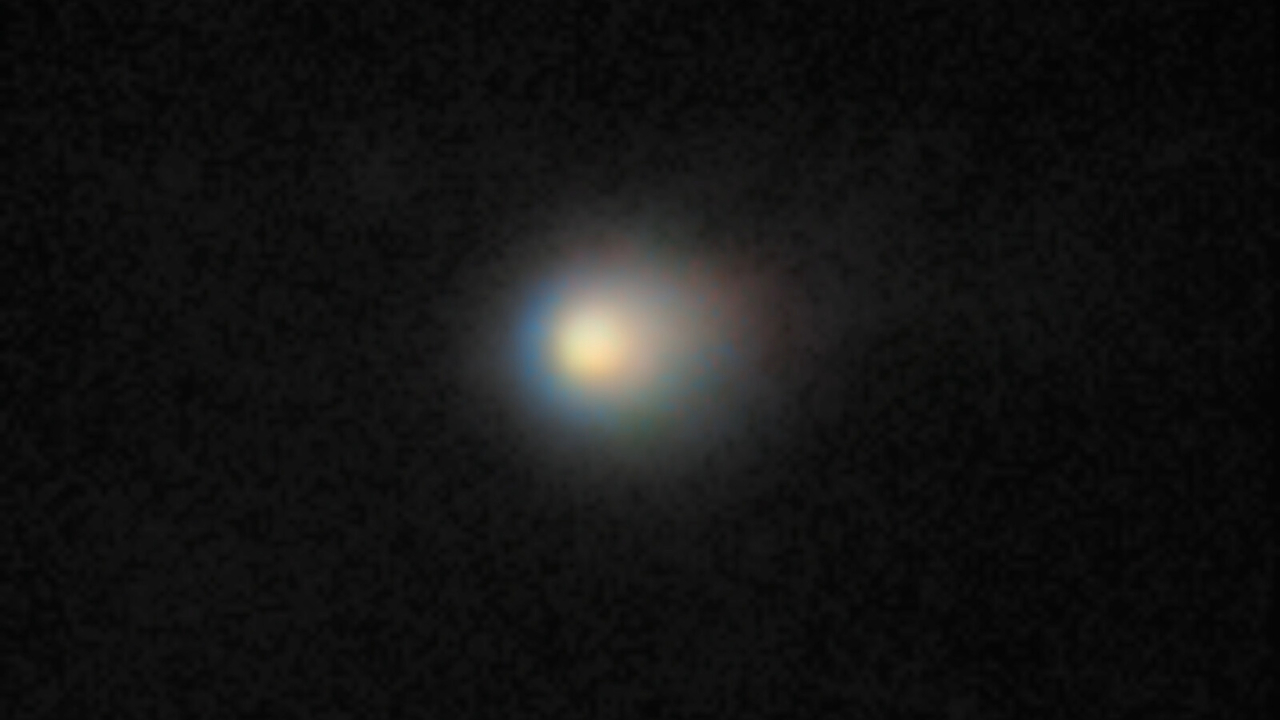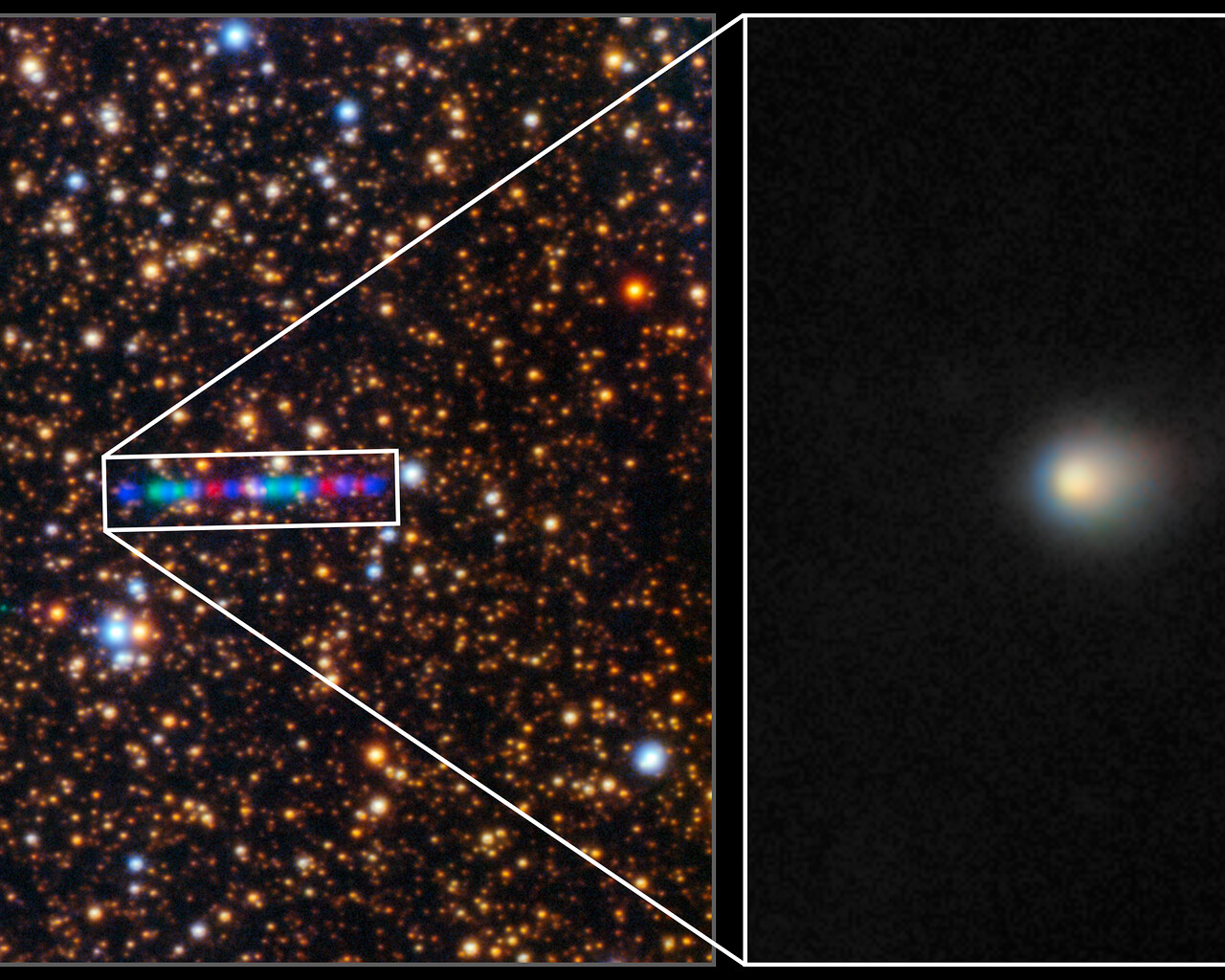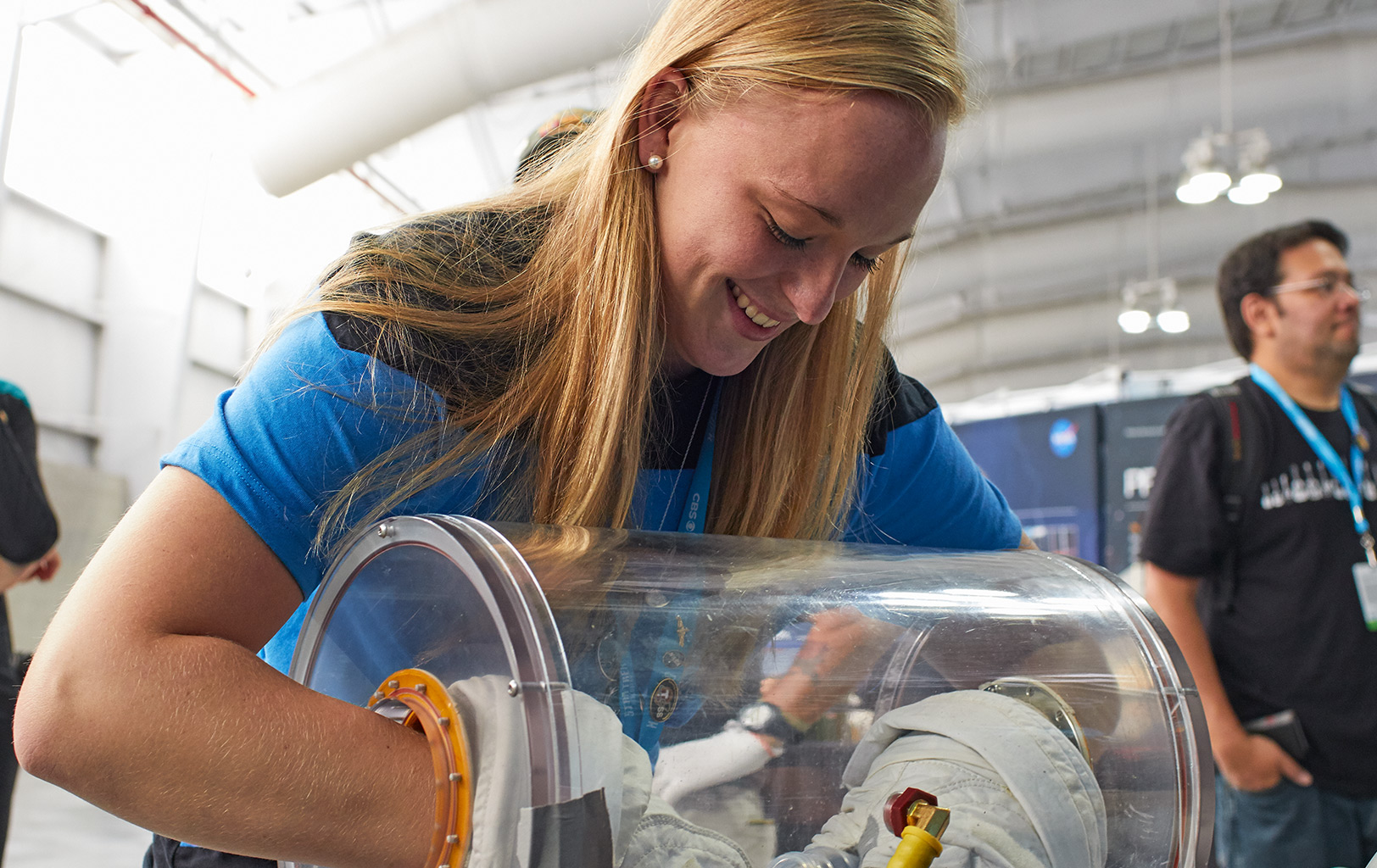Telescope spies rare interstellar comet 3I/ATLAS zooming through our solar system (photos)
The comet is only the third interstellar object ever detected from a solar system outside our own.

Astronomers unveiled a striking new view of the interstellar visitor 3I/ATLAS on its journey toward the inner solar system.
The Gemini North telescope in Hawai‘i captured the newfound comet passing through our cosmic neighborhood, about 290 million miles (465 million kilometers) from Earth.
3I/ATLAS was initially detected by ATLAS (Asteroid Terrestrial-impact Last Alert System) on July 1. It's just the third known interstellar object — meaning it originated outside of our solar system — according to a statement from the National Science Foundation (NSF) NOIRLab, which operates the International Gemini Observatory.
"The sensitivity and scheduling agility of the International Gemini Observatory has provided critical early characterization of this interstellar wanderer," Martin Still, NSF program director for the International Gemini Observatory, said in the statement. "We look forward to a bounty of new data and insights as this object warms itself on sunlight before continuing its cold, dark journey between the stars."
Interstellar objects like 3I/ATLAS are remnants from distant star systems that have been ejected into space. They offer valuable insights into the building blocks of other planetary systems in the universe — including the chemical elements that were present when and where they formed, according to the statement.
3I/ATLAS is only the third interstellar object detected visiting our solar system, after 1I'Oumuamua in 2017 and 2I/Borisov in 2019. While more objects of this nature are believed to regularly pass through our solar system, they are incredibly difficult to capture.
However, at an estimated 12 miles (20 km) in diameter, 3I/ATLAS is much larger than previous interstellar objects, making it a better target for study. The new images from the Gemini North telescope show that the comet has a compact coma — the cloud of gas and dust enveloping its icy core. And other observations have suggested that it may be the oldest comet ever discovered (possibly older than our solar system), hailing from the outer thick disk of the Milky Way.
Breaking space news, the latest updates on rocket launches, skywatching events and more!

3I/ATLAS will reach its closest approach to the sun on Oct. 30, passing within 130 million miles (210 million km), or just inside the orbit of Mars. In December, 3I/ATLAS will pass within about 170 million miles (270 million km) of Earth, though it will pose no danger to our planet.
Given 3I/ATLAS' highly eccentric orbit, this will be its one and only visit to our solar system, as its trajectory does not loop back around the sun. That's why astronomers around the world are using a wide variety of telescopes to observe the comet during its brief visit, before it returns to interstellar space.

Samantha Mathewson joined Space.com as an intern in the summer of 2016. She received a B.A. in Journalism and Environmental Science at the University of New Haven, in Connecticut. Previously, her work has been published in Nature World News. When not writing or reading about science, Samantha enjoys traveling to new places and taking photos! You can follow her on Twitter @Sam_Ashley13.
You must confirm your public display name before commenting
Please logout and then login again, you will then be prompted to enter your display name.
